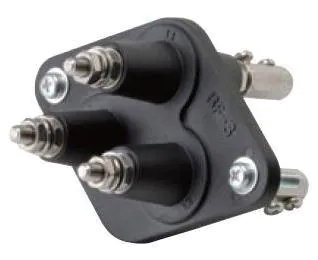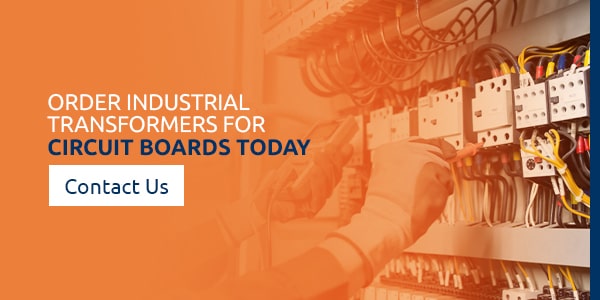Transformers for Circuit Boards
Transformers are essential devices used to transmit, distribute and control electrical energy. Every electrical network circuitry should have a transformer adapting it to the application. Here we discuss what a transformer does and how it works, along with the various types, applications, benefits and common problems.
At Global Electronic Services, we carry a wide selection of industrial transformers for circuit boards to match any workplace.
-
 Allen-Bradley
Allen-Bradley1411-AL-401: Allen-Bradley MODEL AL, 400:5 RATIO
- Model #:
- 1411-AL-401
- UPC #:
- 66207408173
- Part #:
- 1411-AL-401
- New/Surplus $ 34
- Refurb. Price $24 Save up to $ 10
- Repair Price $17 Save up to $ 17
-
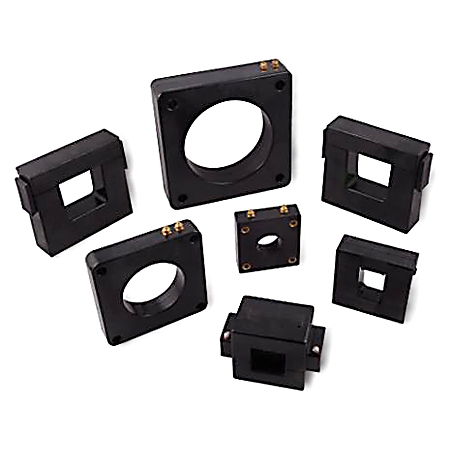 Allen-Bradley
Allen-Bradley1411-AL-500: Allen-Bradley MODEL AL 50:5 RATIO
- Model #:
- 1411-AL-500
- UPC #:
- 66207408174
- Part #:
- 1411-AL-500
- New/Surplus $ 34
- Refurb. Price $24 Save up to $ 10
- Repair Price $17 Save up to $ 17
-
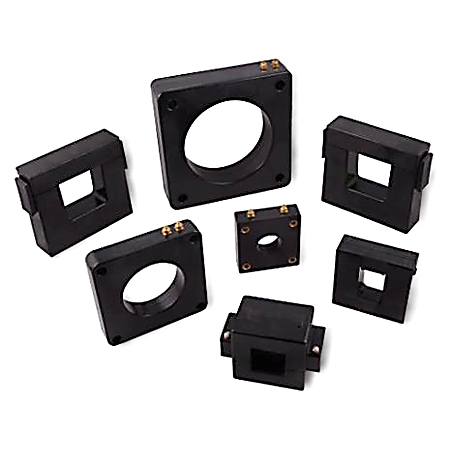 Allen-Bradley
Allen-Bradley1411-AL-101: Allen-Bradley MODEL AL, 100:5 RATIO
- Model #:
- 1411-AL-101
- UPC #:
- 66207408166
- Part #:
- 1411-AL-101
- New/Surplus $ 34
- Refurb. Price $24 Save up to $ 10
- Repair Price $17 Save up to $ 17
-
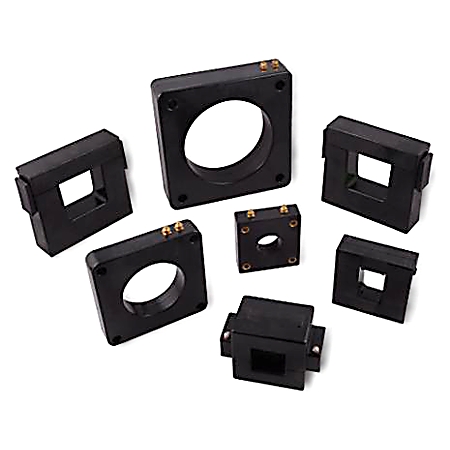 Allen-Bradley
Allen-Bradley1411-AL-151: Allen-Bradley MODEL AL, 150:5 RATIO
- Model #:
- 1411-AL-151
- UPC #:
- 66207408169
- Part #:
- 1411-AL-151
- New/Surplus $ 34
- Refurb. Price $24 Save up to $ 10
- Repair Price $17 Save up to $ 17
-
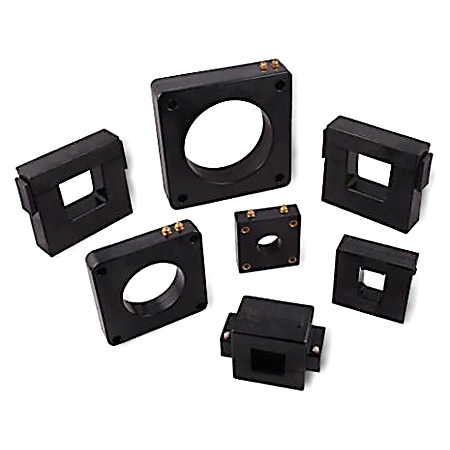 Allen-Bradley
Allen-Bradley1411-AL-301: Allen-Bradley MODEL AL, 300:5 RATIO
- Model #:
- 1411-AL-301
- UPC #:
- 66207408172
- Part #:
- 1411-AL-301
- New/Surplus $ 34
- Refurb. Price $24 Save up to $ 10
- Repair Price $17 Save up to $ 17
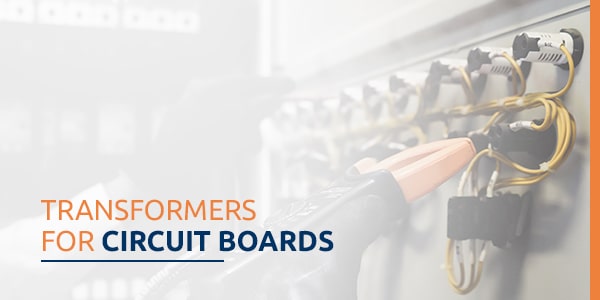
What Are Transformers?
Transformers are electrical devices designed and manufactured to step up or step down the voltage in a circuit board. They transform power from one circuit to another without physical contact or changing frequency.
A transformer has no moving parts, operating on the magnetic induction principle instead. The three main pieces of a transformer include an electrical-grade steel core and two wire coils or windings — each part serving a specific function in the transmission and distribution of electrical power. The components include:
- – Primary coil: The primary winding receives input from the incoming supply of an AC circuit to create a pulsing magnetic field.
- – Core: Typically made of iron, the core is the central element that directs the magnetic field’s path between the two windings.
- – Secondary coil: The secondary or output winding receives the energy, creating an electric current and conveying it to the load.
By adjusting the turns ratio of the primary and secondary coils, your company can change the voltage from one level to another.
What Does a Transformer Do On a Circuit Board?
A transformer helps to transmit electrical energy from one circuit to another without changing its frequency. The primary function is to step up or step down the utility’s incoming supply voltage as it passes from the primary to the secondary windings. This way, your company’s devices and equipment connected to the output can receive the exact voltage they require.
A step-up transformer means the voltage increases from the primary to the secondary coil, while step-down transformers indicate a reduction in the voltage. Adjusting the turns ratio of the coils allows you to convey different voltage levels according to the specific application. The electric current will increase and decrease inversely between the two windings.
Types of Transformers
Transformers are designed and manufactured to meet a range of application, construction, rated power and voltage level requirements. While all transformers fulfill the same general purpose, factors like winding arrangements, voltage levels and usage can change between the different designs.
Here are some of the most common types of transformers:
- – Power transformers: This type of transformer is large and generally used to stabilize the power voltage fluctuations that occur during high voltage applications.
- – Distribution transformers: Distribution transformers are smaller devices used to distribute electrical energy at low voltage for commercial or residential purposes. They work at low efficiency with 50%-70% load capacity and 24 hour run times.
- – Isolation transformers: The main purpose of isolation transformers is to prevent shock hazards and protect against power surges. The separate primary and secondary coils help to isolate the circuit from the supply source.
- – Control transformers:A type of isolation transformer, control transformers provide excellent voltage regulation for industrial applications. The output voltage goes up as the load decreases. If the load increases, it will have lower output voltages instead.
- – Autotransformers:While most transformers have separate primary and secondary windings, this type has one winding in which the primary and secondary circuits are connected. While autotransformers do not provide isolation, they can offer substantial savings when used for minor changes to the voltage.
- – Encapsulated transformers: A thicker protective coating lets encapsulated transformers withstand harsh environments. The windings are typically encased in epoxy to protect them from dust, dirt, moisture and corrosive contaminants.
- – Oil-cooled transformers:Oil-type transformers use oil as a liquid-cooling medium. They generally offer better voltage capacities, though they cannot be used in certain conditions due to the risk of oil contamination.
- – Dry-type transformers: Dry-type transformers use air as the cooling medium. They are safer devices for marketable and indoor processes where oil can contaminate products or cause fire exposures.
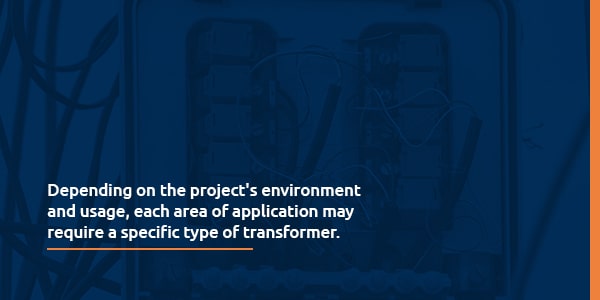
Industrial Transformer Applications
The primary use of transformers is to raise or lower the voltage level in an alternating current (AC) circuit. Transformers are used in all areas of electrical energy application — from heating, ventilation and air conditioning (HVAC) units to water pumps to the equipment in power plants. Some applications of transformers include:
- – Controlling a heavy power supply.
- – Isolating two circuits electrically.
- – Preventing direct current (DC) from passing between two circuits.
- – Impeding transferring devices by increasing or decreasing the capacitor value.
- – Ensuring equal transmission and distribution of electrical power for use in industrial plants.
- – Providing insulation for circuit boards to withstand very high impulse voltages.
Depending on the project’s environment and usage, each area of application may require a specific type of transformer. Consider all requirements for each industrial transformer design, including application, construction, rated power and voltage level.
Industrial Transformer Benefits
Transformers have a relatively simple working principle, with no moving parts and a shared general purpose for all devices. Additional benefits of industrial circuit board transformers include:
- – Enhanced control and stability of voltage transmission.
- – Reliable and durable construction to withstand short circuit forces, high magnetic fields and gas exposure.
- – Superior technical design with minimal voltage drop, waveform distortion or power loss.
- – Long-distance power transmission and high efficiency at higher voltage level generation.
- – Cost-efficient voltage level transformation and isolation.
- – Comprehensive rating range.
- – Reverse connected options that allow for either “step-up” or “step-down” wire configuration during installation.
- – Low failure rate and exceptionally long service life under rated operating conditions.
- – Low maintenance and no starting time with energy being transferred by electromagnetic induction.
What Are the Disadvantages of Transformers?
As with most systems, transformers may have some disadvantages. Common problems in the performance of transformers include the following:
- – Requires cooling: Transformers give out high heat, which can create a break in the current flow. Increasing the transformer’s cooling rate will increase its capacity, making the maintenance of cooling systems essential.
- – Iron losses: Due to the material used for the core, iron losses are particularly critical. Considerable amounts of energy are consumed in the iron core, meaning any iron losses will lead to waste in the current flow.
- – Works only in AC circuits: Transformers do not pass DC, limiting them to use only in AC circuits. However, a transformer can be used to keep the DC voltage from passing between two circuits.
- – Low power quality: Transformers have limited regulation of the voltage and power quality. An added flexible AC transmission system is typically required for quality control.
- – Maintenance: When under rated conditions, quality transformers are expected to have years of continuous operation. Conditions like oil leakage, harmonics, overloading and unbalanced loading will accelerate degradation and increase failure rates. These issues require prompt maintenance to preserve the life of a transformer.
Order Industrial Transformers for Circuit Boards Today
If your company needs industrial service for transformers, Global Electronic Services can help repair, test and install high-quality products with the fastest turnaround. We offer 24/7 customer service all year round.
Contact us to request a quote and get more information on our circuit board transformers and other products today.
